An itinerary to discover the cultural and culinary fusion of Spanish land with ancient Arab culture
Granada is an Andalusian city that lies at the foot of the Sierra Nevada Mountains. It is a unique fusion of history, different civilizations and cultures, color, art and music. It is a city full of mysteries and legends, imported with the Arab culture or already existing, which have been mixed together over the centuries.
It experienced its golden age during Nasrid rule, economically and culturally. From that era date the artistic wonders of the Alhambra, a UNESCO World Heritage Site. Granada was the last city to return Spanish with the Reconquista in the late 1400s. The fall of Granada was celebrated throughout Europe with processions and poems.
Granada is a colorful and lively city that surprises with its nightlife of tapas restaurants to experience the many local flavors, flamenco and lively sociability. In our days, it still retains its historic character and charm and is at the same time a cheerful city, full of places to party and taste local specialties.
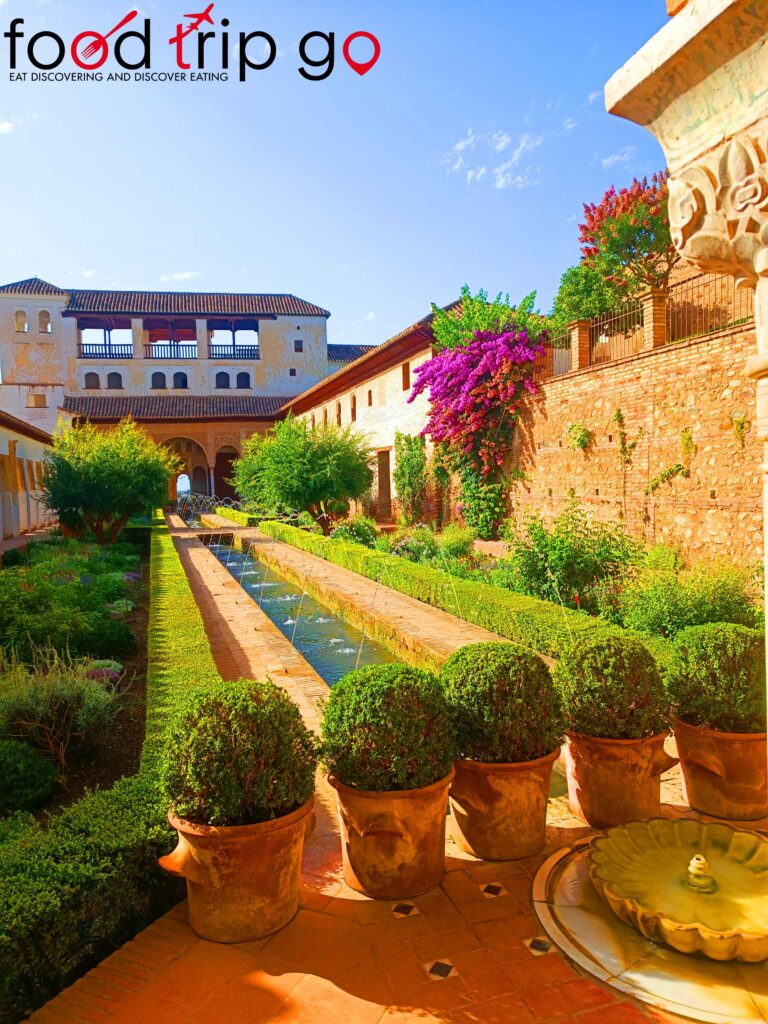
The traditional culinary dishes of Granada
Granada’s typical cuisine is a blend of Arabic and local Andalusian cuisine, perfuming the local products with the spices typical of Moorish cuisine. Granada is characterized by the vibrancy of its tapas bars that color and enliven the streets of the historic center.
In addition to the varied tapas of local products, Granada offers its visitors a tasty dessert, the Pio Nono. The shape of this dessert is reminiscent of the papal headdress and is made of sponge cake soaked in liqueur and sprinkled with custard. The name comes from the chef who invented it and dedicated it to Pope Pius IX for proclaiming the Immaculate Conception.
A typical Granada dish of Arab origin is fried eggplant covered with honey, which creates an interesting contrast in the palate between salty and sweet. The Tortilla del Sacromonte is a dish that originated at the Abbey of the same name, now a Flamenco area. It is a potato omelet enriched with offal, sausage, ham, broad beans, peas and peppers.
Such tasty and flavorful dishes must be accompanied by drinks of an equal standard. Among the wines, of interest are Albuñol , Contraviesa and Albondón. Absolutely not to be missed is the local typical beer, Alhambra. The historic brewery is located just outside the city center and has been brewing this exceptional beer since 1925.
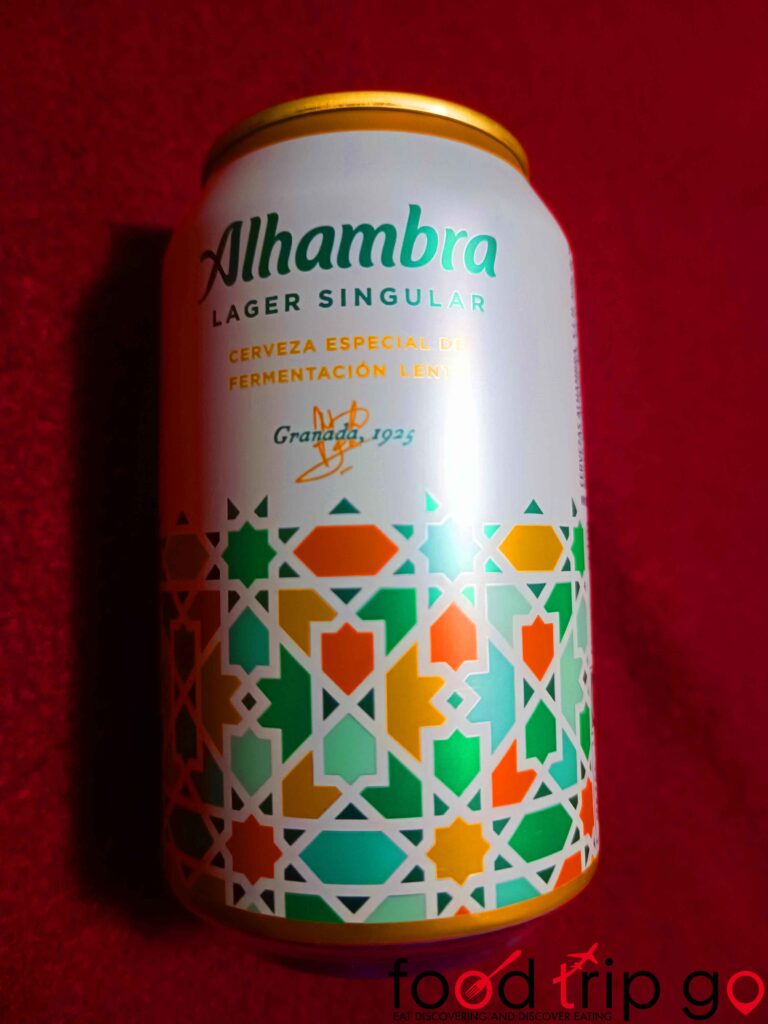
What to see in Granada
La Madraza
La Madraza began as an Arab university in the mid-1300s, but after the Christian reconquest, it was used for administrative functions and is currently home to the Royal Academy of Fine Arts of Granada. The main attraction is the oratory made of horseshoe arches.
Generalife, Alhambra and Palacios Nazaries
The Generalife is a palace in the Alhambra complex, surrounded by gardens. It has been the summer residence of the sultans. Its main element is water, which is carried to every area with conduits and fountains.
The Alhambra is a monumental complex where the emir and Nasrid kings lived. Later it was also the residence of the Catholic kings and where Charles V is said to have spent his honeymoon with Isabella of Portugal. Its rooms have exceptional acoustics and the lions fountain is said to hold several secrets, including a poem in 12 verses, the same number as the lions, found during a restoration.
The Nasridi Palace, together with the Generalife palaces, represents the unique place that is the Alhambra of Granada. It is surely the most interesting Arabesque complex in Europe. It is a set of artistically rich and ornate rooms, patios, fountains, arches and pools reminiscent of Roman nymphaea.
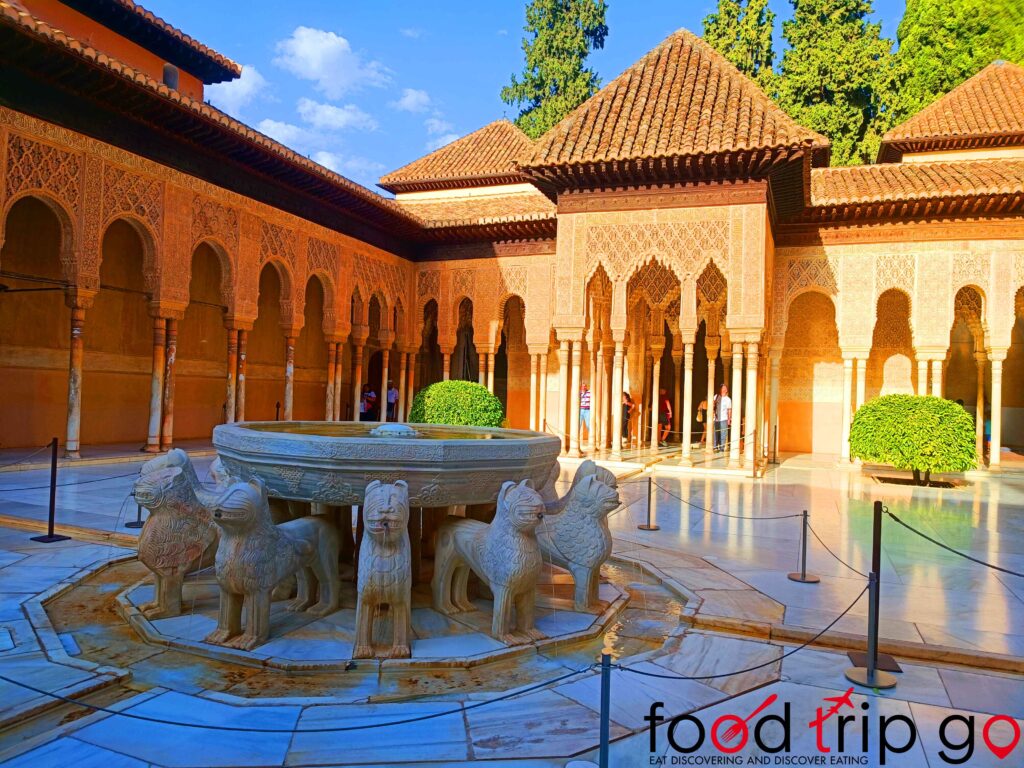
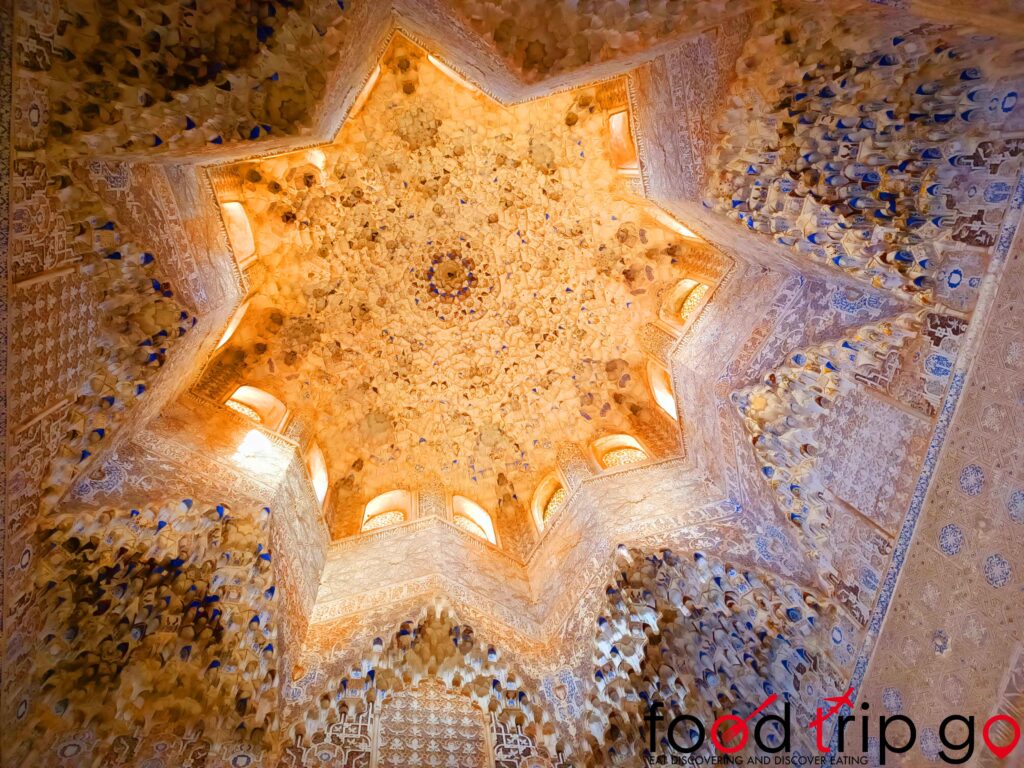
Viewpoint Saint Michael and daral-Horra Palace
The Mirador Saint Michael is the best spot to see the Alhambra illuminated by the light of sunset. It is located on a hill set in front of the Alhambra.
The Daral-Horra Palace is a Nasridi palace located in the Albaicin Arab quarter. It was the home of the mother of the last Arab sultan before the Reconquista and features Moorish architecture.
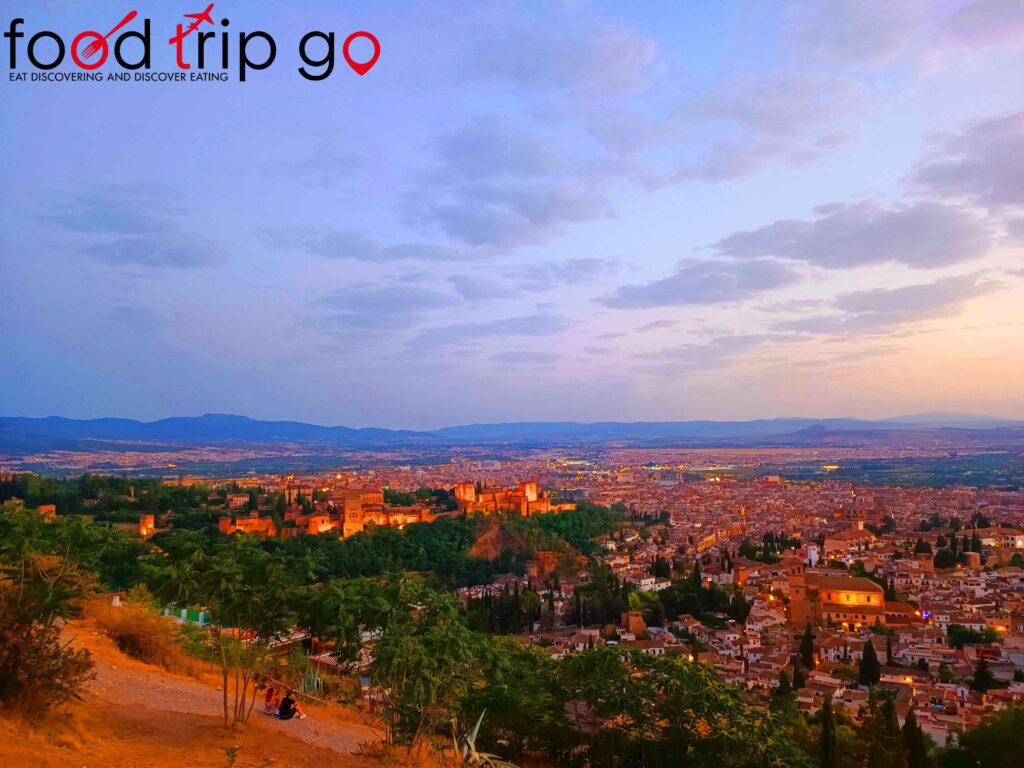
Basilica de San Juan de Dios Granada Cathedral
The Basilica de San Juan de Dios was built in Baroque art, richly adorned with gold. It houses several works of art and the remains of the patron saint of Granada and the sick.
Granada Cathedral was built on top of a mosque and the tower had to be lowered 30 meters so that the structure underneath could support it. The cathedral is imposing above the plaza in front and includes the royal burial chapel. The Catholic kings wanted it built so they could be buried in the city they had reconquered.
Granada, a city of fusions and contrasts, color and movement
Granada is a very special and unique Spanish city. It uniquely links Spanish peculiarities with the ancient Arab presence in the territory, which still shines through strongly in the vibrancy of this city.
Unique are the historic palaces left by the Arabs in the late 1400s that even successive Christian kings were able and willing to appreciate and preserve for their uniqueness. This cultural union has also been transmitted for centuries in the traditional dishes and colors of Granada at night.